Have you ever come across a peculiar-looking insect with folded forelimbs, large eyes, and a head that swivels like something out of a science fiction movie? If so, you’ve encountered the extraordinary praying mantis. These captivating creatures, known for their distinct posture and skilled hunting abilities, hold a fascinating secret: they possess remarkable strength for their size.
In this article, we’ll delve into the enigmatic world of praying mantises, explore how strong is a praying mantis and how it contributes to their status as formidable predators. So, whether you’re an insect enthusiast or simply curious about the natural world, join us as we uncover the incredible might of the praying mantis!
How Strong Is A Praying Mantis
Praying Mantis Anatomy and Adaptations:
At first glance, the praying mantis may appear delicate and fragile, but beneath its slender exterior lies an intricate anatomy designed for strength and precision. These insects belong to the order Mantodea and boast a unique set of features that make them stand out among their six-legged counterparts.
One of the most striking characteristics of a praying mantis is its triangular head, equipped with large, compound eyes and the ability to swivel a full 180 degrees. This remarkable adaptation allows them to scan their surroundings for potential prey with ease. Their elongated thorax, which connects the head to the abdomen, provides a stable platform for their powerful forelegs.
Speaking of forelegs, the praying mantis’ most iconic feature is undoubtedly its “praying” stance. Their raptorial forelegs are equipped with sharp spines and a specialized joint, enabling them to fold and unfold with lightning speed. This remarkable adaptation not only gives them their name but also contributes to their incredible hunting abilities. These forelegs act like a pair of spring-loaded vice grips, allowing the mantis to snatch unsuspecting prey in the blink of an eye.
The praying mantis’ lightweight exoskeleton and flexible body further contribute to its strength and agility. With the ability to move fluidly and quickly, these insects can navigate complex environments with ease. Their strong, yet lightweight bodies enable them to balance on slender stems or leaves, waiting patiently for their next meal to approach.
Hunting Techniques and Prey:
When it comes to hunting, the praying mantis employs a stealthy, ambush-style strategy that highlights their remarkable strength and cunning. Masters of camouflage, these insects blend seamlessly into their environment, utilizing their cryptic coloration and patient demeanor to remain virtually undetectable.
Lying in wait, a praying mantis will position itself among leaves and flowers, patiently waiting for an unsuspecting victim to wander into its deadly embrace. Their ability to remain motionless for extended periods is a testament to their strength, as they maintain their iconic “praying” posture without revealing their presence.
Once their prey is within striking distance, the mantis wastes no time. In a fraction of a second, it extends its powerful raptorial forelegs, seizing its target with incredible force. The sharp spines along their forelegs grip the prey tightly, while their strength prevents any chance of escape.
Praying mantises are opportunistic predators, targeting a wide range of prey, including insects such as flies, bees, and even other mantises. They’re also known to take on larger prey, such as small birds, frogs, and lizards. The praying mantis’ strength plays a vital role in subduing these larger, more formidable targets. Their ability to hold onto their prey while simultaneously delivering a series of swift, lethal bites is a testament to their incredible might.
Grasping and Holding Power:
The grasping and holding power of a praying mantis is nothing short of astonishing. Their raptorial forelegs, designed for both speed and force, are the key to their success as formidable predators.
Praying mantises are equipped with specialized forelegs that are not only strong but also lightning-fast. These limbs possess a row of sharp, serrated spines that run along their inner edge, forming a natural “trap” for their prey. When a victim comes within reach, the mantis swiftly unfolds its forelegs, ensnaring the unsuspecting target between these spines.
The strength of their grip is truly impressive, allowing the mantis to hold onto their prey with remarkable force. This powerful grip is essential for securing struggling prey, preventing any chance of escape. The mantis can then use its strong, piercing mouthparts to deliver a series of rapid, fatal bites to its captured target.
The praying mantis’ raptorial grip is not only useful for subduing prey but also serves as an effective means of self-defense. When threatened by predators, mantises have been known to utilize their forelegs to deliver swift, powerful strikes that can deter or even injure potential attackers.
Flight and Agility:
While not all praying mantis species are gifted with the power of flight, many do possess fully developed wings, adding another dimension to their already impressive skill set.
In species with developed wings, the praying mantis is capable of taking to the air for short distances or bursts of speed. Their forewings, known as tegmina, are hardened and protective, while the hindwings are membranous and responsible for generating lift. The strength of their wings allows them to perform rapid take-offs, evade predators, or even pursue airborne prey when the opportunity arises.
In addition to their flight capabilities, praying mantises are incredibly agile creatures. Their lightweight exoskeletons and flexible bodies enable them to move with speed and precision, whether on the ground or in the air. They can twist and turn with ease, making them adept at navigating the complex environments they inhabit. This agility further contributes to their hunting success, allowing them to adjust their position quickly and strike with deadly accuracy.
Their agility also plays a vital role in their mating rituals, as males must approach females with caution to avoid becoming a meal themselves. A male mantis will display his dexterity by approaching the female from behind, leaping onto her back, and carefully securing his position for mating.
Praying Mantis Mating and Sexual Cannibalism:
The world of praying mantis mating is a thrilling and perilous one, where the roles of strength and power take on a whole new meaning.
Praying mantis mating rituals are fraught with danger for the male, as the stronger and often larger female may engage in sexual cannibalism, consuming her partner during or after mating. This seemingly gruesome behavior serves an evolutionary purpose, providing the female with valuable nutrients that can enhance the health and survival of her offspring.
The strength of the female mantis plays a pivotal role in this process. Her powerful forelegs and raptorial grip can swiftly subdue her partner, allowing her to consume him while ensuring the continuation of her genetic line. In some cases, the act of consuming the male can even stimulate the female to lay her eggs, further highlighting the importance of her strength in the reproductive process.
For the male praying mantis, strength and agility can mean the difference between life and death during mating. A successful male must approach the female cautiously, using his dexterity to mount her without triggering her predatory instincts. By exhibiting strength and skill, the male can secure his position and complete the mating process while minimizing the risk of becoming a meal.
In some instances, the male may even attempt to disengage from the female before she has the opportunity to consume him. In such cases, his strength and agility can impact his likelihood of survival, allowing him to escape and potentially mate with other females.
Predators and Defense Mechanisms:
While praying mantises are highly skilled predators in their own right, they are not immune to the dangers of the natural world. They face numerous threats from various predators, and their strength and agility play a crucial role in their survival.
Praying mantises are preyed upon by a range of creatures, including birds, bats, spiders, and even larger members of their own species. Amphibians, such as frogs and toads, and reptiles, like snakes and lizards, also pose a threat to these insects. With such a diverse array of predators, praying mantises must rely on their strength and agility to evade capture and defend themselves.
One of the primary defensive strategies employed by praying mantises is their exceptional ability to blend into their environment. Their natural camouflage allows them to avoid detection by predators, making them all but invisible to the untrained eye. When threatened, they may also employ a technique called “deimatic behavior,” where they display bright colors or patterns to startle or confuse their predators.
Should camouflage and deimatic behavior fail, the praying mantis can rely on its agility and strength to escape or deter an attacker. Their swift movements and lightning-fast reflexes can help them evade capture, while their powerful forelegs can deliver painful strikes to a would-be predator. In some cases, a praying mantis may even take to the air, using its strong wings to make a hasty retreat.
Praying Mantises in Pest Control:
As highly efficient predators, praying mantises have much to offer in the realm of natural pest control. Their strength and hunting abilities make them valuable allies for gardeners and farmers alike, helping to keep populations of harmful insects in check.
The strength and hunting prowess of praying mantises are perfectly suited for managing pest populations. As generalist predators, they target a wide range of insects, many of which are considered pests in gardens and agricultural settings. These include aphids, caterpillars, grasshoppers, and various species of flies, among others. By preying on these insects, praying mantises help maintain a healthy balance within ecosystems and prevent pest infestations from spiraling out of control.
Gardeners can take advantage of praying mantises’ natural pest control abilities by introducing them to their gardens or yards. Many garden supply stores and online retailers offer egg cases, or oothecae, for purchase. Once hatched, the mantises will disperse throughout the garden, seeking out prey and keeping pest populations in check. As a bonus, these captivating creatures also provide a fascinating glimpse into the natural world and can be a delight to observe.
In agricultural settings, praying mantises can be used as part of an integrated pest management (IPM) approach. By encouraging the presence of these natural predators, farmers can reduce their reliance on chemical pesticides, minimizing the risks of pesticide resistance and environmental contamination. Praying mantises can be introduced to crops by releasing them directly into the fields or by providing suitable habitat, such as hedgerows or flowering plants, which can attract and support mantis populations.

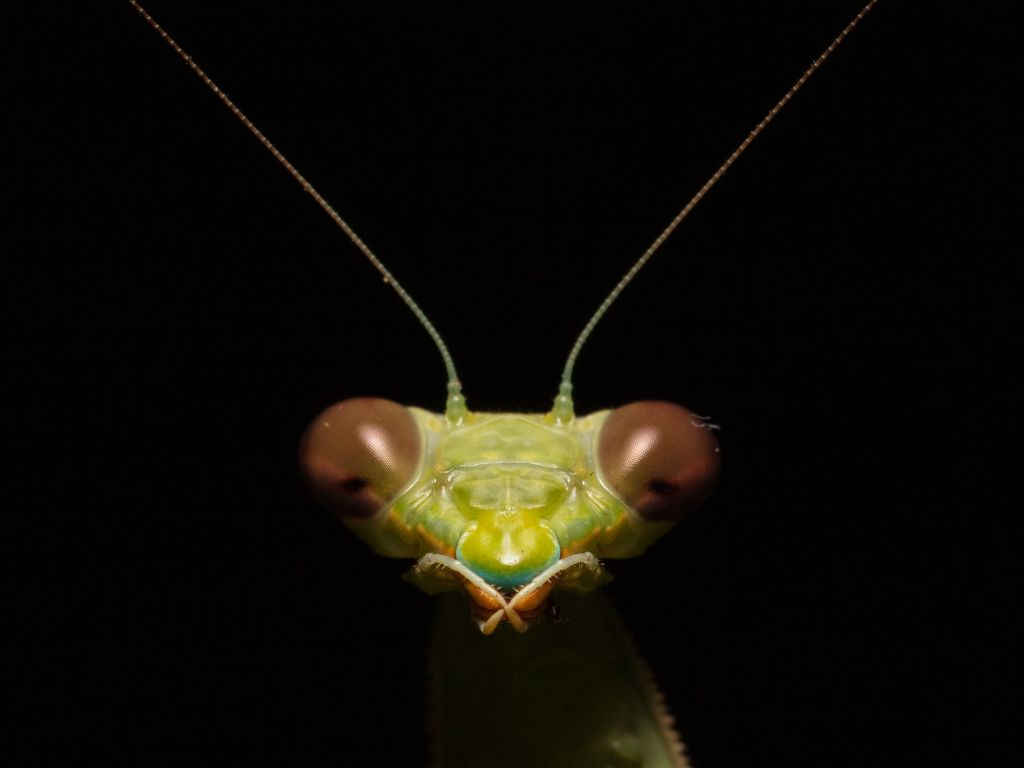
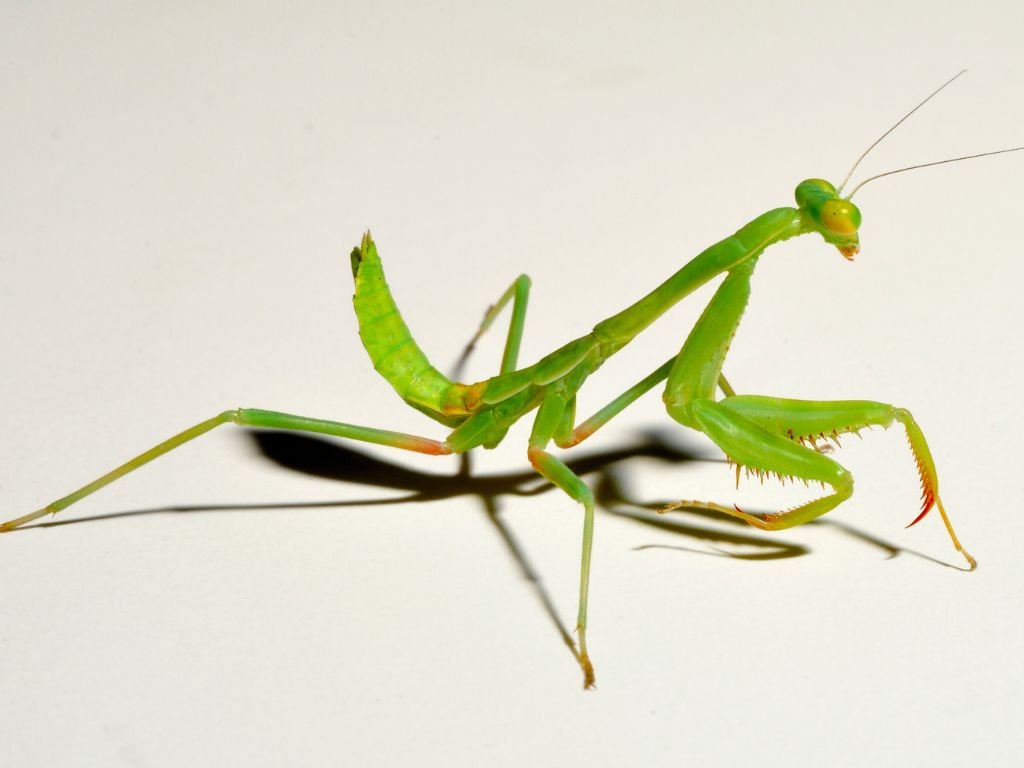
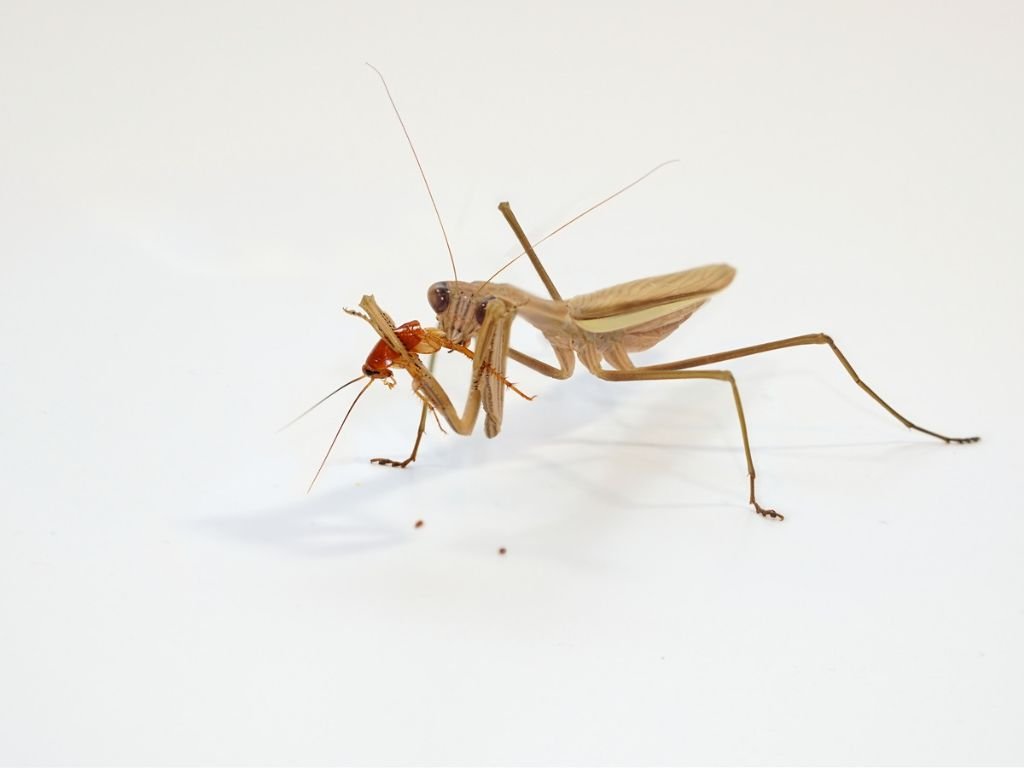
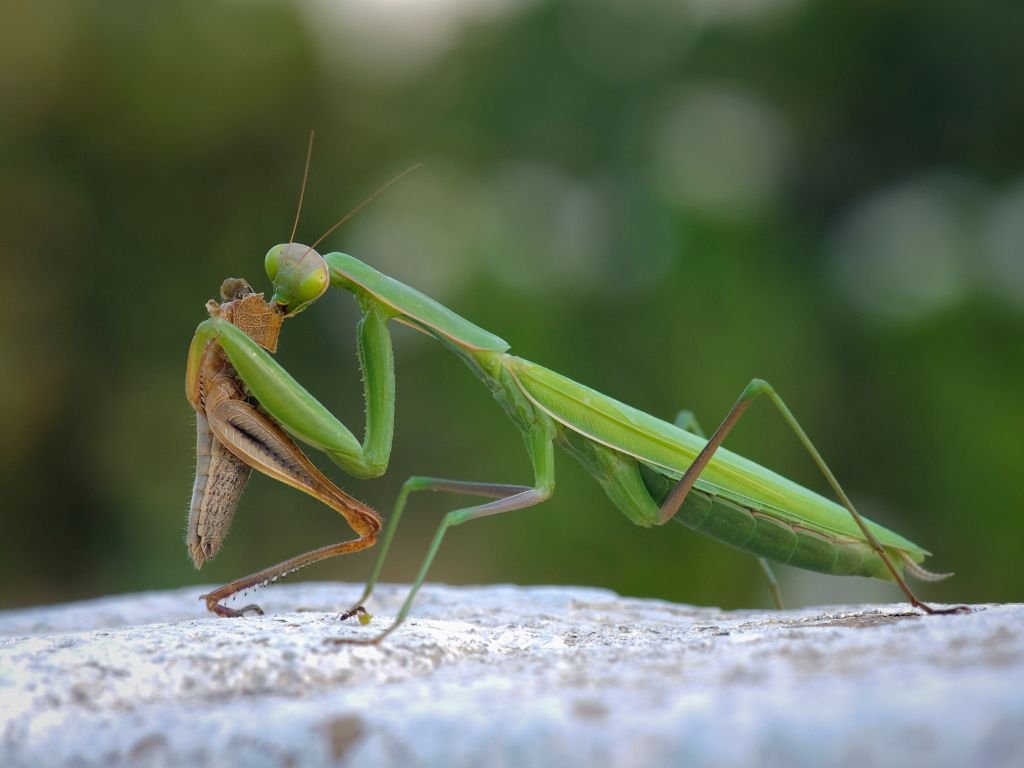
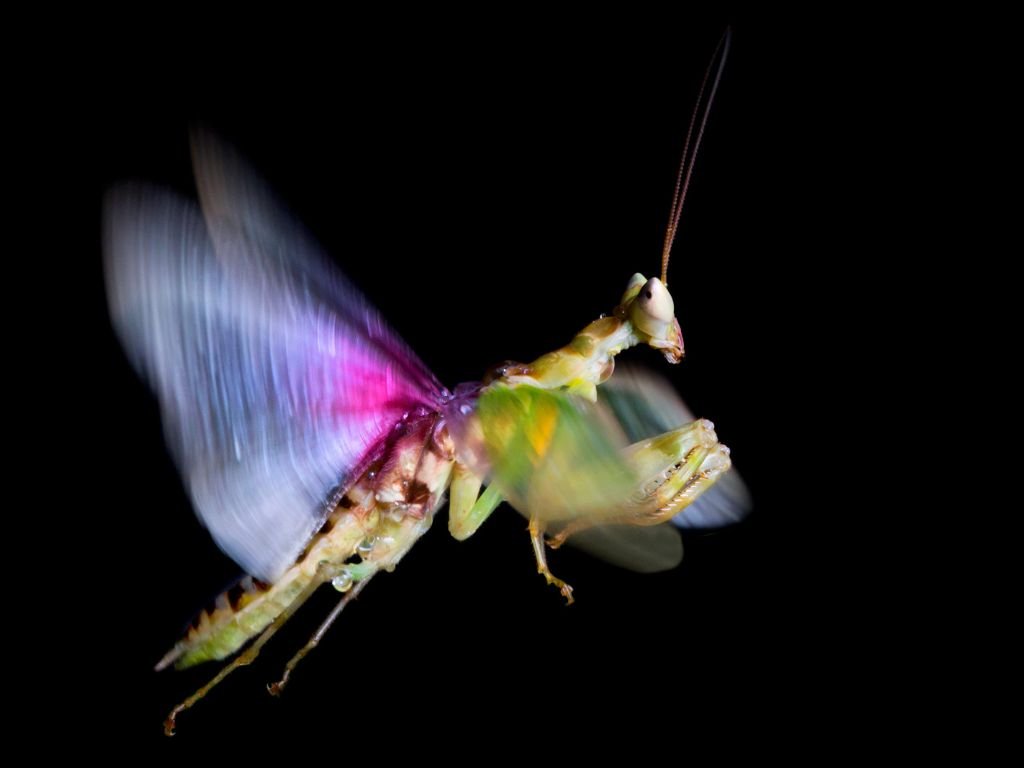
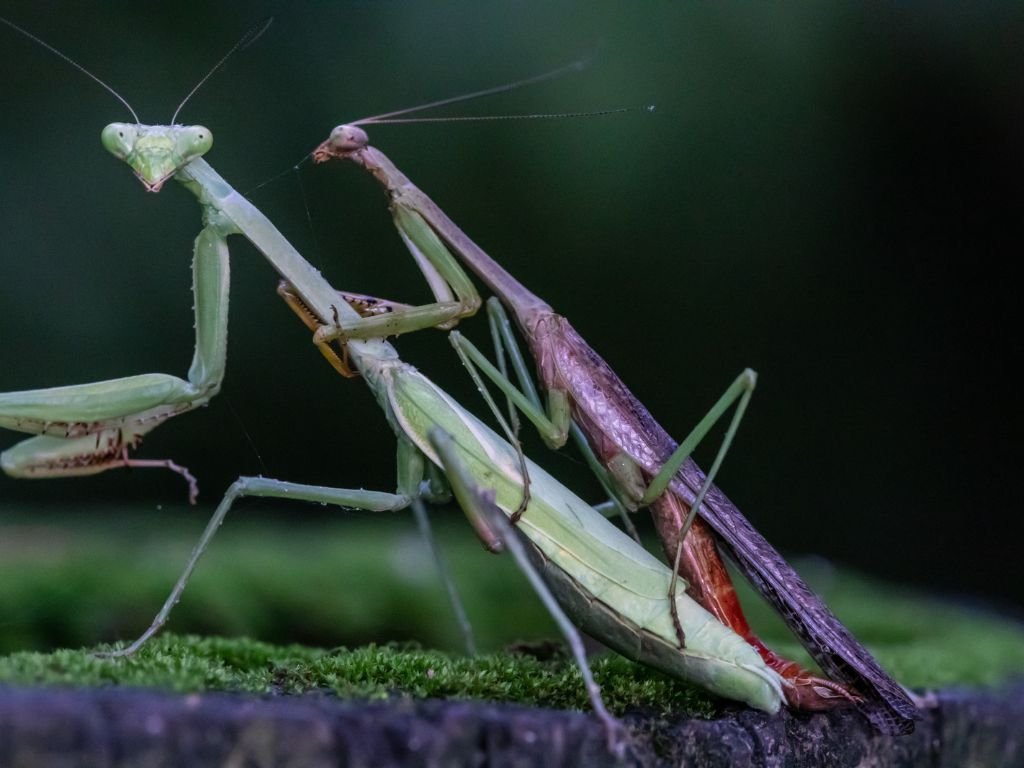
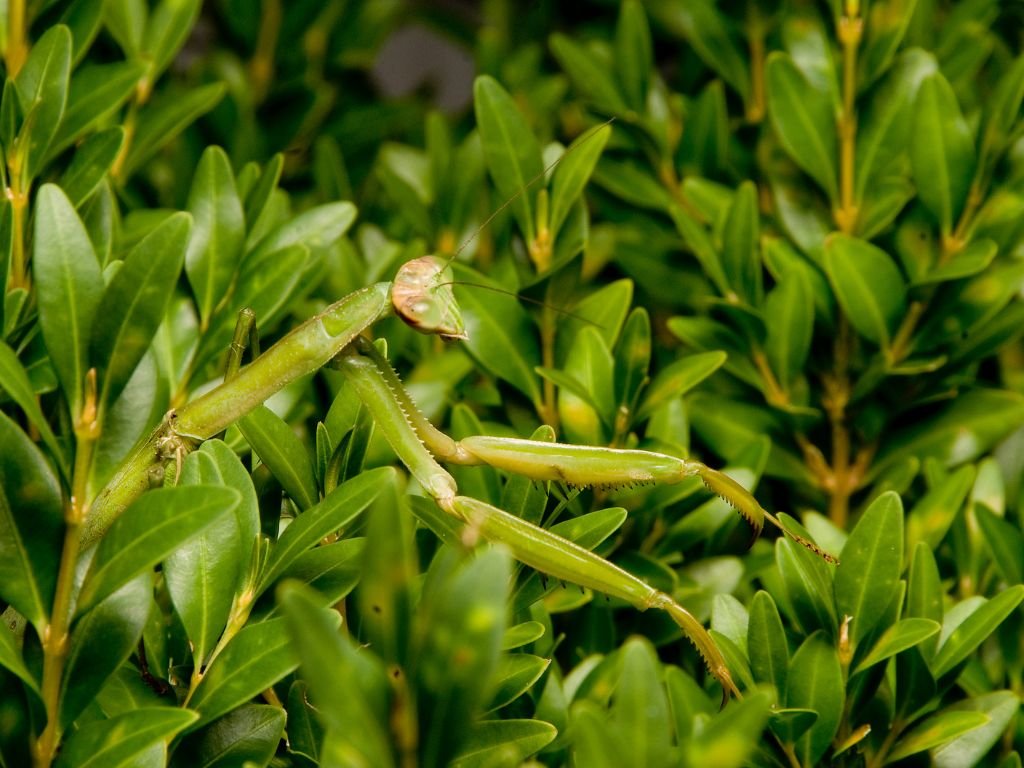





Leave a Reply